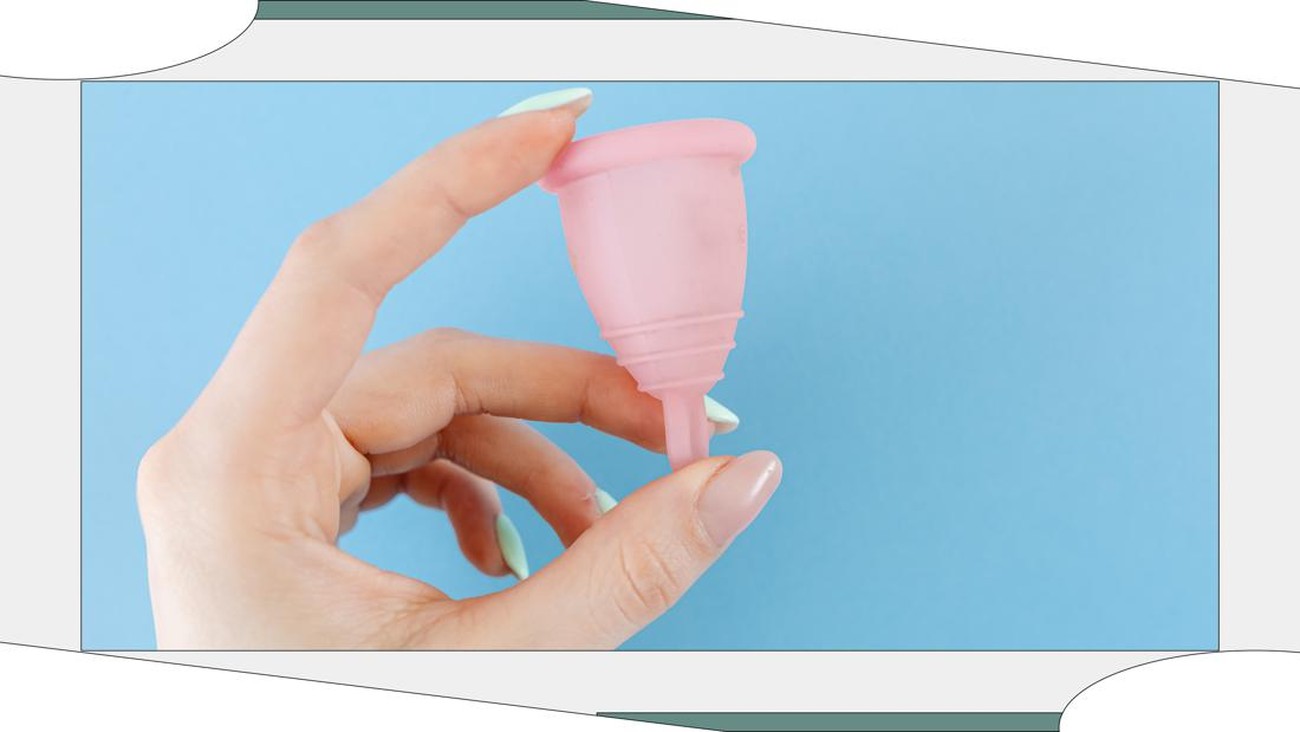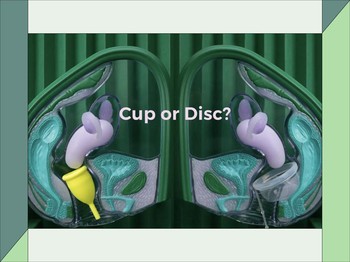Believe it or not, this bell-shaped device has been the talk of Womensville for many years now. Many theories and speculations are going around the benefits and dangers of wearing a silicone menstrual cup to collect menstrual flow by inserting it inside the vagina. Wait, hold your breath! It doesn't look as scary as it sounds.
Patented in 1932 by the midwifery group of McGlasson and Perkins, a bullet-shaped menstrual cup (an early version) was generally used disposable by mature women (usually married). Later, it changed its shape, became usable, and finally commercialized until 1960. The early menstrual cups were made of rubber and found it hard to pave the way to the market.
In 1987, you can easily find some menstrual cup brands in the drugstore regardless many customers would still prefer to use pads and tampons-due to their "safer" or "more comfort" looks and feels (when compared to the dominating shape [or idea] of menstrual cups). Later in 2001, a UK-based brand created Mooncup, a menstrual cup made from silicone with high durability and hypoallergenic properties, which with shapes, sizes, and colors suiting to various women's preferences, finally it's used worldwide as for today.
However, let's talk about the contrary of wearing menstrual cups. From a cultural point of view, all feminine products that need to be inserted into the vagina will interfere with female reproductive organs and cause females to lose their virginity. Since some cultures value preserving hymen (as evidence of purity), this can discourage young women from using cups (especially in particular beliefs). A menstrual cup could stretch or break the hymen depending on the shape and the length of the cervix (so, it's not absolute). Many brands have already taken care of these problems or preferences and altered the cup shape to be flatter and safer, too.
So, why do some women opt for cups? Several reasons make these cups even popular nowadays:
1. Accessibility and effectiveness
A single menstrual cup lasts for at least 10-20 years, and it holds the flow 6-12 hours a day depending on your cycle (it can be less than 6 hours on the first to the second day for most women). You can have more than one certainly because of its variables, and you might want to have it at home or bring it along every day (just in case). The best part is that these cups give you hassle-free gym-and-swim.
2. No more discomforts and rashes
These washable cups' top performance is their comfort, period. And sadly, people often think it's the other way around. Some women are born with sensitive skin types, and wearing a pad is a no-go. A menstrual cup reduces irritation and vaginal dryness, less mess (or leak), and odor.
3. Longevity and environmental friendly
Since they are reusable, menstrual cups help reduce solid waste than tampons and pads do. As quoted from Grist, "Some disposable sanitary napkins and plastic tampon applicators can take 25 years to break down in the ocean and can cause a significant environmental impact". Biodegradable and safer options are available everywhere, such as cotton pads or natural ingredients material maxi-pads; however, they won't compost themselves at landfill disposal. Considering the long life period of menstrual cup use, it would only contribute 0.4 percent of plastic waste compared to disposable pads.
4. Value for money
Even though we think all menstrual products should be free, menstrual cups may be expensive at first, but after, you don't need to pay for anything anymore because it's reusable.
Do some research, ask experts because it's your body, so it should be your choice right? Unless you're a Hemophobic, we'll let you pass!
(MEL/iyas)


